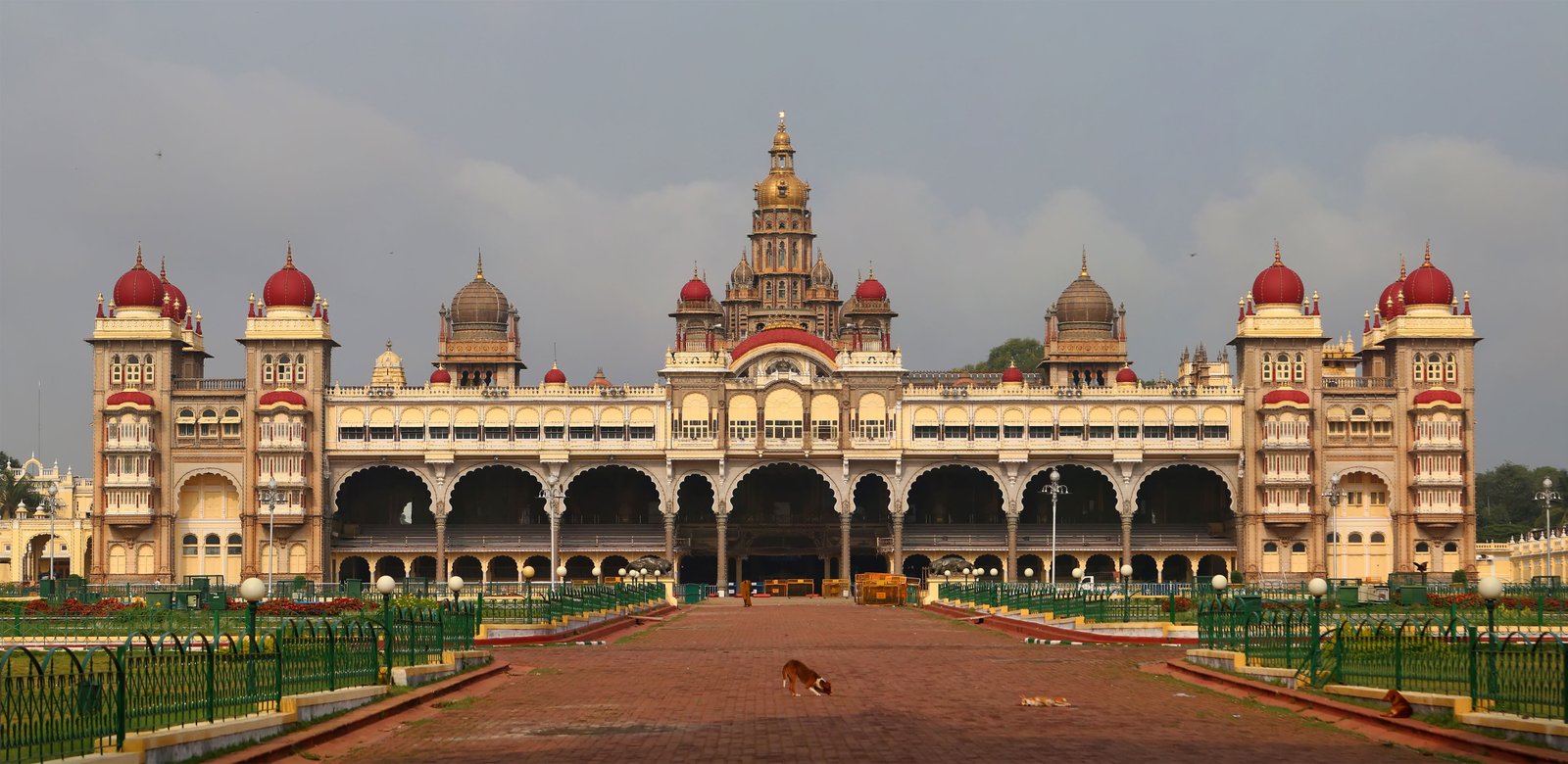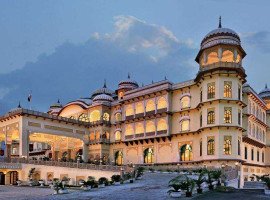The Mysore Palace, also known as the Amba Vilas Palace, is a historical palace located in the city of Mysore in the southern state of Karnataka, India. It is one of the most famous tourist attractions in the country and is renowned for its magnificent architecture and rich cultural heritage.
The history of the Mysore Palace is closely tied to the Wodeyar dynasty, which played a significant role in the region for centuries.
Here's a brief overview of the history and cultural aspects of the Mysore Palace:
1. Early History of the Wodeyar Dynasty:
The Wodeyar dynasty originated in the 14th century when Yaduraya Wodeyar, a feudatory under the Vijayanagara Empire, established himself as the ruler of Mysore.
Over the years, the Wodeyars faced challenges from various external forces, including the Marathas and the Mughals. However, they managed to maintain control over the Mysore region.
2. Construction of the Mysore Palace:
The construction of the Mysore Palace, also known as the Amba Vilas Palace, was commissioned by Krishnaraja Wodeyar IV in 1897.
The British architect Henry Irwin designed the palace, and it was built in place of the old wooden palace that was destroyed by fire in 1896.
The construction took several years, and the palace was completed in 1912. It was then used as the official residence of the Wodeyar rulers.
3. Cultural Significance:
The Mysore Palace is a symbol of the rich cultural heritage of the Wodeyar dynasty and Karnataka as a whole.
The architecture reflects a blend of different styles, showcasing influences from Hindu, Muslim, Rajput, and Gothic architectural elements.
4. Dasara Festival:
Dasara, the traditional Hindu festival, is celebrated with great pomp and grandeur in Mysore. The Mysore Palace is the focal point of the Dasara celebrations.
The festival includes religious ceremonies, cultural events, and a grand procession, culminating in the Jumboo Savari (elephant procession) where the idol of the goddess Chamundeshwari is paraded through the streets.
5. Shapa (Curse) about Children:
There is a popular local belief or shapa associated with the Mysore Palace regarding the heirless condition of the royal family. According to the legend:
Alamelamma, the wife of the defeated ruler Tirumalaraya, is said to have cursed the Wodeyars as she jumped into the Cauvery River after the fall of Srirangapatna.
It is believed that Alamelamma cursed the royal family, saying that they would not have children for many generations. However, this curse was supposedly broken with the birth of Yaduraya, the founder of the Wodeyar dynasty in Mysore.
The Mysore Palace stands as a testimony to the historical and cultural legacy of the Wodeyars, and it continues to be a prominent cultural and architectural landmark in India. The palace attracts visitors not only for its historical significance but also for its cultural vibrancy and the grand celebrations during the Dasara festival.










